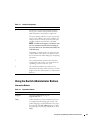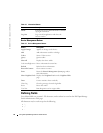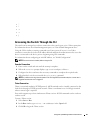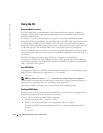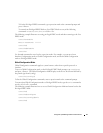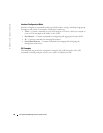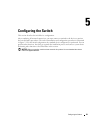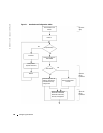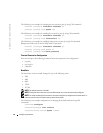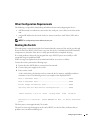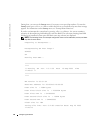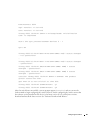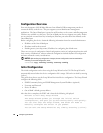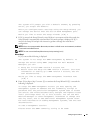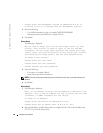
Configuring the Switch 61
General Configuration Information
Your switch has predefined features and setup configuration.
Auto-Negotiation
Auto-negotiation allows a device to advertise modes of operation and share information with
another device that shares a point-to-point link segment. This automatically configures both
devices to take maximum advantage of their abilities.
Auto-negotiation is performed completely within the physical layers during link initiation, without
any additional overhead to either the MAC or higher protocol layers. Auto-negotiation allows the
ports to do the following:
• Advertise their abilities
• Acknowledge receipt and understanding of common modes of operation that both devices
share
• Reject the use of operational modes that are not shared by both devices
• Configure each port for the highest-level operational mode that both ports can support
If connecting a port of the switch to the network interface card (NIC) of a workstation or server
that does not support auto-negotiation or is not set to auto-negotiation, both the switching port
and the NIC must be manuallyet with the Web browser interface or CLI commands to the same
speed and duplex mode.
NOTICE: If the station on the other side of the link attempts to auto-negotiate with a port that is
manually configured to full duplex, the auto-negotiation results in the station attempting to operate in half
duplex. The resulting mismatch may lead to significant frame loss. This is inherent in the auto-negotiation
standard.
Switching Port Default Settings
The following table describes the switch port default settings.
Table 5-1. Port Default Settings
Function Default Setting
Port speed and mode 1000M Auto-negotiation
Port forwarding state Enabled
Head of line blocking prevention On (Enabled)
Flow Control Off
Back Pressure Off



